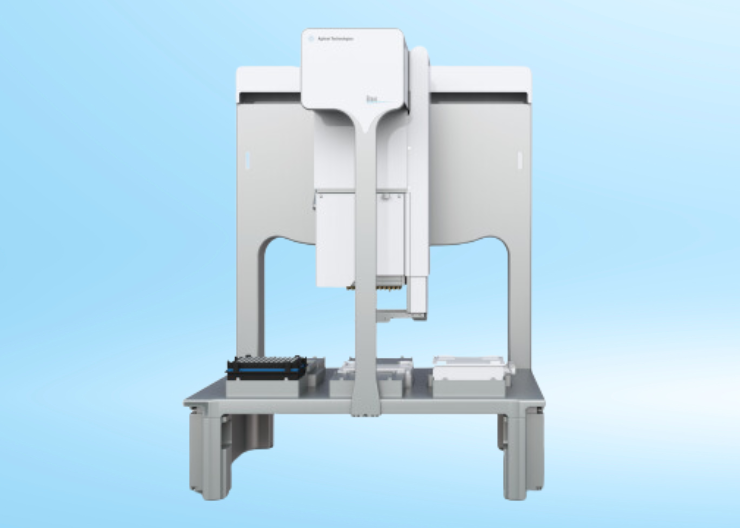
Abstract
This application note discusses one approach for optimizing pipetting accuracy on an Agilent Bravo liquid handler using MVS® Multichannel Verification System measurement information. Although the MVS system supports verifying both tip-by-tip precision and accuracy values for nearly all liquid handlers the focus of this paper is accuracy measurement and optimization. This application note does not speak to the quality of volume transfer performance you should expect from any Bravo; instead it focuses on the optimization process only.
Pipetting accuracy can be improved in any number of ways, such as by adjusting individual pipetting variables (aspirate rates, dispense rates, air gaps, mix steps, etc.) and measuring transferred volume resulting after each successive adjustment. In the approach discussed here, the individual variables within a method are relatively unimportant to the optimization process. This application note is intended to show that volume transfer accuracy can be improved by simply adjusting the calibration factors within the method’s liquid class, which is a process that also works for other liquid handler types. In the examples discussed, an Agilent 384ST Disposable Tip Pipette Head employing arbitrary liquid classes was used to transfer Aqueous QualAssure solution (3 – 9 μL.) and DMSO QualAssure solution (100 – 300 nL). In both the Aqueous and DMSO methods, the calibration factors of 1 and 0 (slope and offset volume, respectively) were employed. The MVS “as found” (pre-optimized) volume values were used to determine new calibration factors and, within minutes, the volume transfer accuracy was dramatically improved for both the aqueous and low-volume DMSO solutions.
Please fill out this brief form to download this content.